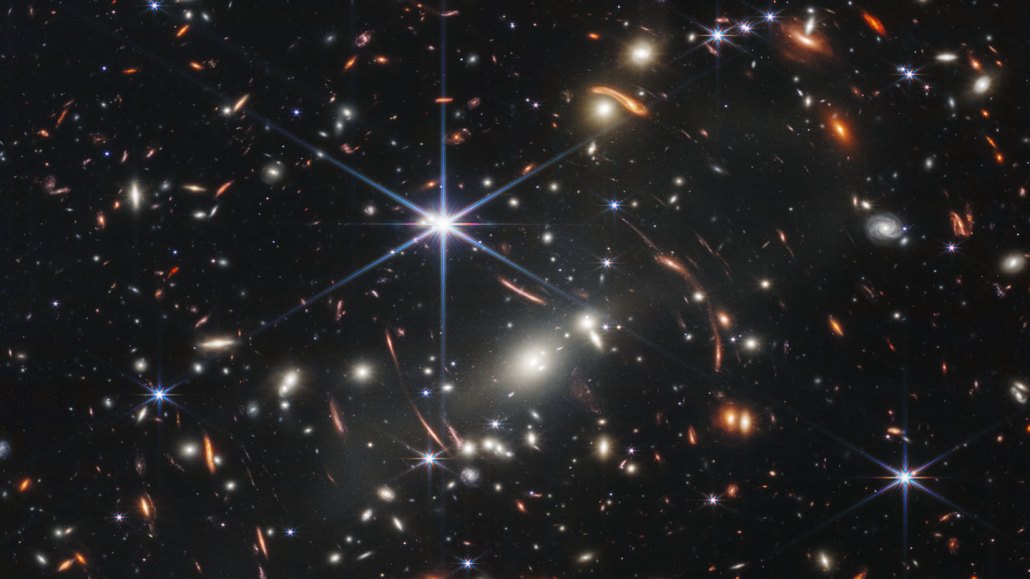
It took astronomers mere days to dig insights out of the first public image from JWST, which shows a massive galaxy cluster called SMACS 0723 and many more distant galaxies behind it.
NASA, ESA, CSA, STScI

It took astronomers mere days to dig insights out of the first public image from JWST, which shows a massive galaxy cluster called SMACS 0723 and many more distant galaxies behind it.
NASA, ESA, CSA, STScI